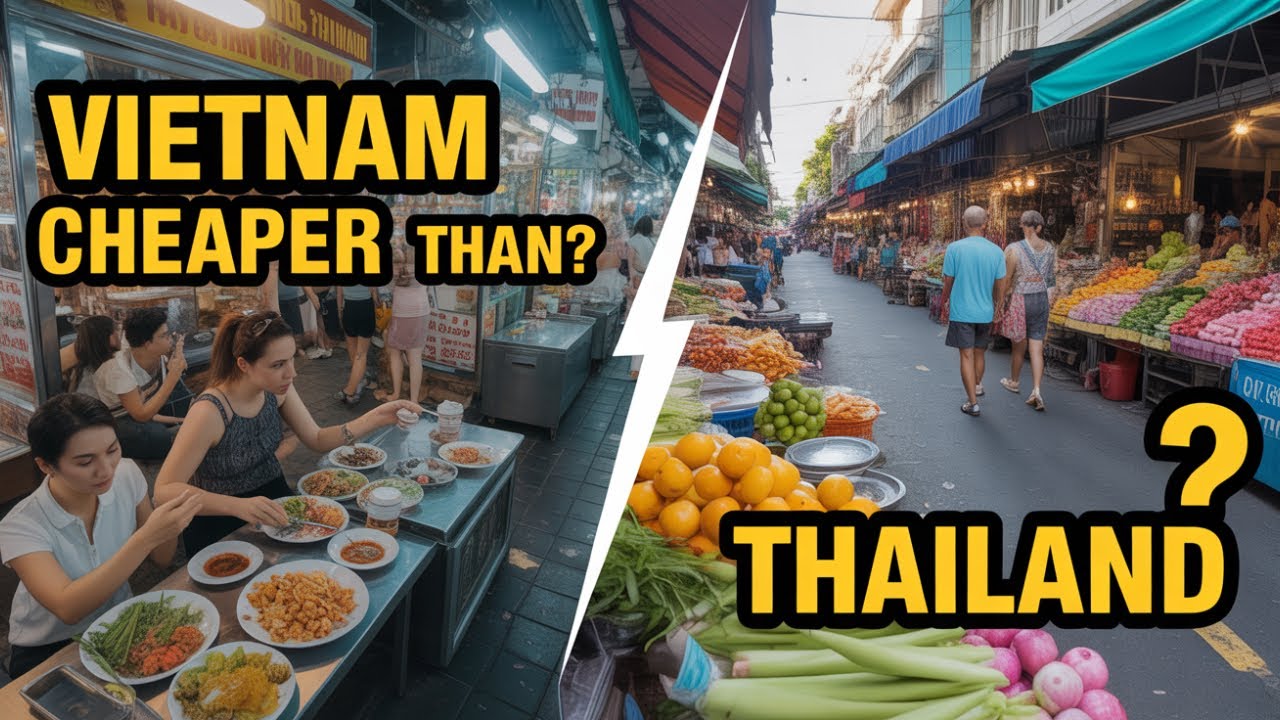That’s an important topic, and it’s essential to remember that a feeling of unsafety is highly subjective and can depend on the specific neighborhood, time of day, attire, and personal experience. What one traveler finds manageable, another might find intimidating.
Based on numerous reports and conversations with solo female travelers, here are five types of places or situations that often cause women to feel unsafe, along with the common reasons why:
1. Tourist Hubs and Train Stations (Specifically Late at Night)
- Examples: Areas around major train stations (like Gare du Nord in Paris or some parts of Rome Termini), or highly crowded areas in cities known for petty crime (like Las Ramblas in Barcelona).
- Why the Concern: These areas attract large crowds, making travelers easy targets for pickpockets and scammers. The environment often feels chaotic, which contributes to vulnerability. After dark, these stations may become sparsely populated except for individuals engaged in illegal or intimidating activities.
- The Unsafe Feeling: The sense of being constantly watched and having to be on high alert to protect belongings, rather than physical threat, is often the primary concern.
2. Cities with Intense Catcalling and Harassment
- Examples: Certain public markets or crowded streets in destinations known for aggressive male interaction, such as parts of Marrakech (Morocco) or some areas in Cairo (Egypt).
- Why the Concern: While often not escalating to physical violence, the constant, aggressive verbal harassment (catcalling, unwanted attention, or following) is mentally exhausting and creates an atmosphere of hostility.
- The Unsafe Feeling: Feeling unable to move freely, or being treated as an object, which forces the traveler to adopt defensive strategies (avoiding eye contact, dressing extremely modestly, or pretending to be on the phone).
3. Isolated or Undeveloped Public Transit Systems
- Examples: Using unofficial, unlicensed taxis or minibuses in many parts of Southeast Asia or Latin America, or traveling on crowded public transit where unwanted physical contact is a risk.
- Why the Concern: Lack of formal regulation, especially with unofficial “taxis,” can pose a risk of robbery or worse. Overcrowded buses or subways also increase the risk of pickpocketing or inappropriate touching.
- The Unsafe Feeling: Being trapped in a moving vehicle with an unreliable or aggressive driver, or being unable to retreat from uncomfortable physical proximity in a crowded space.
4. Areas Where Cultural Norms Restrict Female Freedom
- Examples: Destinations in certain parts of the Middle East or South Asia where female travelers are expected to adhere to very strict dress codes and are rarely seen unaccompanied in public.
- Why the Concern: Traveling alone as a woman in these regions can instantly make one stand out and become a target for aggressive scrutiny or even interference from local authorities or conservative citizens.
- The Unsafe Feeling: The sense of being judged, monitored, or culturally exposed, which can lead to stress over making an honest mistake that violates a local custom.
5. High-Poverty Areas in Developing Countries
- Examples: Certain districts or favelas on the outskirts of major cities in South America (like some areas of Rio de Janeiro or San Jose, Costa Rica).
- Why the Concern: High rates of poverty often correlate with higher rates of opportunistic crime and muggings. Tourists are easily identifiable targets carrying valuables.
- The Unsafe Feeling: The constant fear of armed robbery or being accosted in areas with low police presence, especially after sunset.
Key Takeaway for Solo Female Travelers
The number one safety rule that experienced female travelers share is to trust your gut instinct. If a situation, person, or location feels wrong, leave immediately, even if it feels impolite. Being safe is always more important than being polite.
If you’d like, I can provide a list of destinations that are consistently ranked among the safest for solo female travelers!









